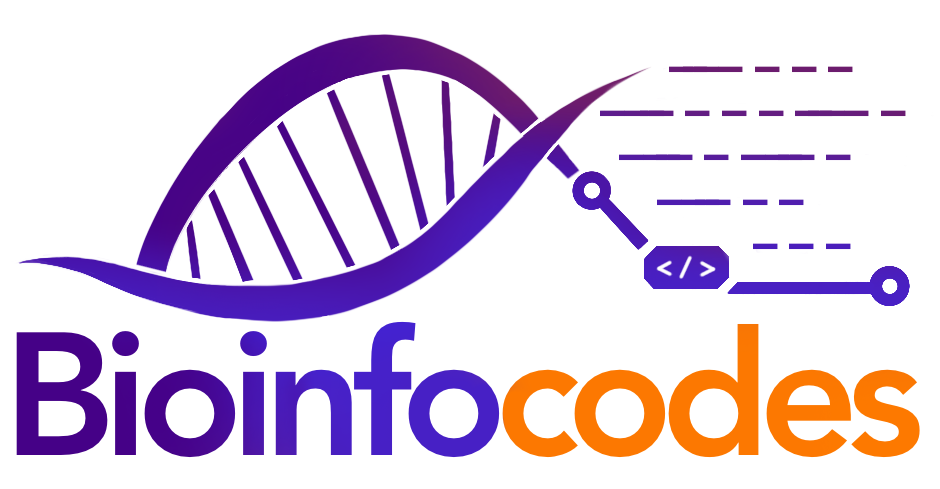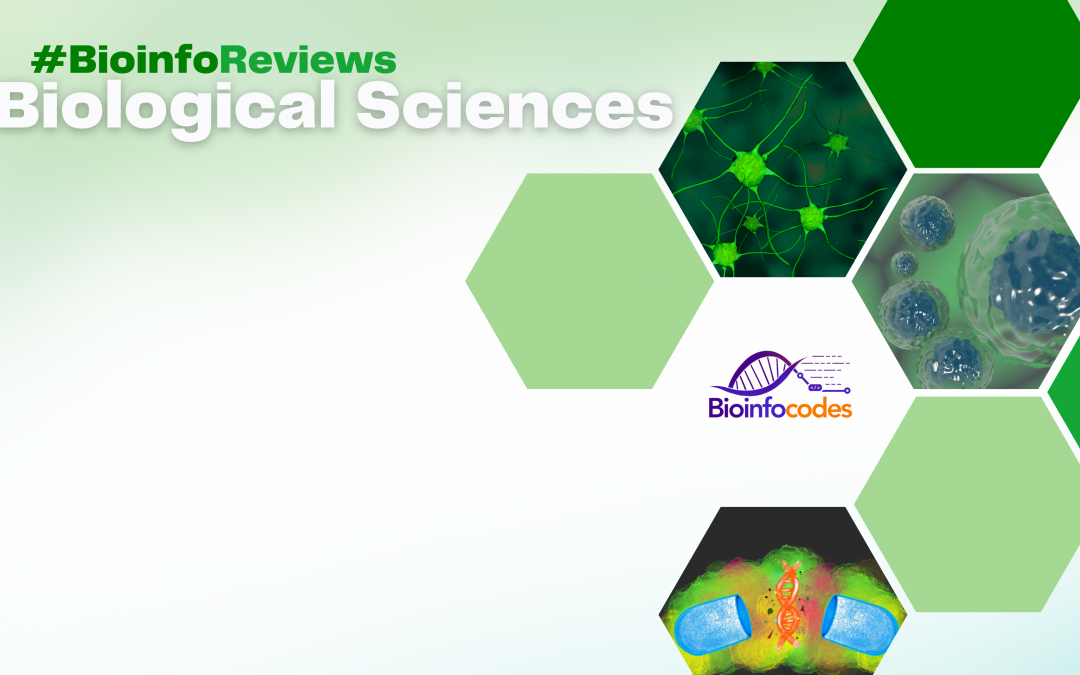Ece OdabaşıT. Elif AtayE
During the development process of a drug, it is crucial to assess the potential interactions of new drugs with therapeutic targets1. The discovery cycle of a drug until its approval by the US Food and Drug Administration (FDA) takes approximately 14 years and costs an average of 800 million dollars2,3. A study conducted in 2018 showed that the total cost of 59 drugs approved by the FDA in 2015–2016 was 19 million dollars4. For this reason, there is a pressing need to develop cost-effective, high-efficiency, and broad-spectrum methods in drug discovery aiming to overcome the limitations inherent in the traditional drug development process5.
The elucidation of the first protein structures by X-ray crystallography in the 1950s and 1960s significantly contributed to shaping our current knowledge6,7. The best examples of this are John Kendrew and Max Perutz’s work to solve the crystal structures of myoglobin and hemoglobin, Fred Sanger’s sequencing of the amino acid sequence of insulin, or Dorothy Hodgkin’s discovery of slow-acting synthetic insulins for the treatment of diabetes7,8.
Structure-based drug design (SBDD) is a highly successful field that has grown rapidly in recent years9. Together with omics technologies, it pioneers future drug designs. The most powerful and dynamic area among the drug design processes so far is SBDD. Drug discovery times are accelerated with different screening procedures, computational resources, combinatorial chemistry, and methods such as Absorption, Distribution, Metabolism, Excretion, and Toxicity (ADMET). SBDD is an iterative process, taking optimized drug candidates through multiple cycles leading to clinical trials5. The priority for SBDD is to acquire three-dimensional (3D) structure information about biological targets. With the Human Genome Project and developments in bioinformatics, the 3D structure of many proteins has been discovered10.
The discovery of a drug takes place in four stages: the discovery phase, the development phase, the clinical phase, and the registration phase. In the first phase, the discovery phase, a potential therapeutic target, and a potentially active ligand are identified. This stage includes transcription of the targeted gene, protein extraction, purification, and determination of 3D structures11,12. In the second phase, the clinical phase, the top-ranked compounds with high affinity for selective modulation of the target protein are tested in vitro with biochemical assays13. The third stage, the development stage, is the determination of the ligand-complex structure determined in the first stage in 3D form. The 3D-defined structure helps by providing information in the molecular identification and ligand binding processes14. Finally, the fourth stage covers bringing the drug to market after undergoing clinical trials (Figure 1) 5.
Figure 1. Flow diagram of the structure-based drug design process5. The first row shows the sequencing of the human genome, followed by the extraction and purification of target proteins. The second row represents the structure determination of therapeutically important proteins utilizing integrative structural biology approaches. The third row shows the database preparation of active compounds. The next step is to identify the druggable target protein and its binding site. Databases of active compounds are then searched and inserted into the binding cavity of the target protein. In the last row, the identification of the potent lead compound is shown. The most accurate compounds obtained due to virtual screening and docking are synthesized and tested in vitro.
Relationship between Structure-Based Drug Design and Nuclear Magnetic Resonance
In pharmaceutical development, the initial step involves the discovery of novel molecules from a repertoire of natural compounds and chemicals through extensive in vitro and in vivo screenings aimed at disease prevention15. The desired therapeutic effects are achieved by inhibiting or activating the functions of the molecules. X-ray crystallography, computational molecular docking, and Nuclear Magnetic Resonance (NMR) are simple, yet powerful methods for structure-based drug design. Since the 1970s, the NMR technique has been used in pharmaceutical research. The keywords in NMR and pharmaceutical discovery are “drug” and “inhibitors.” With the studies carried out, the advantages of the NMR technique were discovered, and new NMR techniques were developed accordingly16. Structural information regarding ligand binding conformations stands out as an important factor, especially in the detailed analysis of hits to various target molecules. In crystallography, information for ligands is sometimes uninterpretable. However, structural details can be accessed at different resolutions by establishing a steady state between NMR-known and uncertain data and yield (Figure 2) 17.
Figure 2. NMR Pyramid for Structure Elucidation17. The bottom part represents low-resolution, simple, but high-throughput ligand observing methods. Then, chemical shift perturbations (Csps) can be used to match changes in the NMR spectrum of ligand-inducible targets if sequential assignment is present. Csps can then be further analyzed and used to restrict docking to obtain suggested poses. As a result, the 3D structures of the complex can be elucidated based on intermolecular Nuclear Overhauser Effects (NOEs) and other NMR measurements.
Structure-Based Drug Design and Cryo-EM Relationship
As it is known today, SBDD is an integral part of the pharmaceutical industry. Recently, the Cryogenic Electron Microscopy (Cryo-EM) technique has been developed as a complement to the NMR technique. It is accepted that cryo-EM technology is much more advantageous compared to traditional methods. Cryo-EM technology provides access to biological systems that cannot be obtained with X-rays or NMR. In addition, it can analyze processes such as the characterization of multiple conformational or computational states and the analysis of proteins in solution much more easily18.
Relationship between Structure-Based Drug Design and Artificial Intelligence
As mentioned before, drug development is a very difficult, time-consuming, and expensive process. Nine out of ten drugs entering clinical trials remain in Phase 1. On the other hand, in vitro or in silico methods are more profitable compared to traditional drug development methods. With the new system called artificial intelligence (AI), drug discovery processes have become much easier. AI or computational modeling, considered machine intelligence, is a promising technique to evaluate the toxicities and potential biological activities of the compounds to be used. However, it also has various limitations (Figure 3)19.
Figure 3. Challenges of data-driven AI modeling in modern computer-aided drug discovery19.
Relationship between Structure-Based Drug Design and Epigenetics
The wide range of epigenomes is of great importance in developing drugs against diseases20. Epigenetics has an important place in the routine functioning of cells, so the detection of altered modification patterns and their pharmacological manipulations shed light on the design of drugs for serious diseases that are difficult to treat21.
The development phase of a drug is a very challenging process. Only 1 in every 10 drugs produced can pass Phase 1, and the remaining 9 drugs are rejected. Traditional drug development causes a long process and huge costs. The SBDD technique was developed against the difficulties of traditional drug techniques. SBDD has been developing together with omics technologies in recent years and is considered the most powerful and dynamic system so far. Some systems support SBDD. These are techniques that contribute to the field of pharmaceuticals by working together. Drug development techniques have become much easier with the Nuclear Magnetic Resonance (NMR) technique, which has been used since the 1970s. Cryo-EM technology, which is considered a complement to the NMR technique, pioneers the development of SBDD techniques. In addition to these techniques, AI technology also makes a great contribution to pharmaceutical development. With artificial intelligence, it is possible to evaluate the toxicity and potential biological activities of compounds to be used in computational modeling. Finally, it has been demonstrated that structure-based drug design has an important connection with epigenetics. The disease spectrum of the epigenome is quite wide. As a result of the joint work of epigenetics and structure-based drug design, light can be shed on diseases that are very difficult to treat.
References:
1. Cheng, T.,Li, Q., Zhou, Z., Wang, Y., &Bryant, S. H. (2012). Structure-based virtual screening for drug discovery: a problem-centric review. The AAPS journal, 14(1), 133–141. https://doi.org/10.1208/s12248-012-9322-0
2. Song, C. M.,Lim, S. J., &Tong, J. C. (2009). Recent advances in computer-aided drug design. Briefings in bioinformatics, 10(5), 579–591. https://doi.org/10.1093/bib/bbp023
3. Lavecchia, A.,&DiGiovanni, C. (2013). Virtual screening strategies in drug discovery: a critical review. Current medicinal chemistry, 20(23), 2839–2860. https://doi.org/10.2174/09298673113209990001
4. Moore, T. J.,Zhang, H., Anderson, G., & Alexander, G. C. (2018). Estimated Costs of Pivotal Trials for Novel Therapeutic Agents Approved by the US Food and Drug Administration, 2015-2016. JAMA internal medicine, 178(11), 1451–1457. https://doi.org/10.1001/jamainternmed.2018.3931
5. Batool, M.,Ahmad, B., &Choi, S. (2019). A Structure-Based Drug Discovery Paradigm. International journal of molecular sciences, 20(11), 2783. https://doi.org/10.3390/ijms20112783
6. Jaskolski, M.,Dauter, Z., &Wlodawer, A. (2014). A brief history of macromolecular crystallography, illustrated by a family tree and its Nobel fruits. The FEBS journal, 281(18), 3985–4009. https://doi.org/10.1111/febs.12796
7. Thomas, S. E., Mendes, V., Kim, S. Y., Malhotra, S., Ochoa-Montaño, B., Blaszczyk, M., &Blundell, T. L. (2017). Structural Biology and the Design of New Therapeutics: From HIV and Cancer to Mycobacterial Infections: A Paper Dedicated to John Kendrew. Journal of molecular biology, 429(17), 2677–2693. https://doi.org/10.1016/j.jmb.2017.06.014
8. Perutz, M. F.,Rosa, J., &Schechter, A. (1978). Therapeutic agents for sickle cell disease. Nature, 275(5679), 369–370. https://doi.org/10.1038/275369a0
9. Anderson A. C. (2003). The process of structure-based drug design. Chemistry&biology, 10(9), 787–797. https://doi.org/10.1016/j.chembiol.2003.09.002
10. Bajad, N. G.,Rayala, S., Gutti, G., Sharma, A., Singh, M., Kumar, A., & Singh, S. K. (2021). Systematic review on role of structure based drug design (SBDD) in the identification of anti-viralleads against SARS-Cov-2. Current Research in Pharmacology and Drug Discovery, 2, 100026. https://doi.org/10.1016/j.crphar.2021.100026
11. Blaney J. (2012). A very short history of structure- : how did weget here and where do we need to go?. Journal of computer-aided molecular design, 26(1), 13–14. https://doi.org/10.1007/s10822-011-9518-x
12. Mandal, S.,Moudgil, M., & Mandal, S. K. (2009). Rationa ldrug design. European journal of pharmacology, 625(1-3), 90–100. https://doi.org/10.1016/j.ejphar.2009.06.065
13. Urwyler S. (2011). Allosteric modulation of family C G-protein-coupled receptors: from molecular insights to therapeutic perspectives. Pharmacological reviews, 63(1), 59–126. https://doi.org/10.1124/pr.109.002501
14. Ferreira, L. G.,DosSantos, R. N., Oliva, G., &Andricopulo, A. D. (2015). Molecular docking and structure-based drug. Molecules (Basel, Switzerland), 20(7), 13384–13421. https://doi.org/10.3390/molecules200713384
15. Hughes, J. P.,Rees, S., Kalindjian, S. B., &Philpott, K. L. (2011). Principles of early drug discovery. British journal of pharmacology, 162(6), 1239–1249. https://doi.org/10.1111/j.1476-5381.2010.01127.x
16. Sugiki, T.,Furuita, K., Fujiwara, T., &Kojima, C. (2018). Current NMR Techniques for Structure-Based Drug Discovery. Molecules (Basel, Switzerland), 23(1), 148. https://doi.org/10.3390/molecules23010148
17. Carneiro, M. G., Ab, E., Theisgen, S., &Siegal, G. (2017). NMR in structure-based drug design. Essays in biochemistry, 61(5), 485–493. https://doi.org/10.1042/EBC20170037
18. Scapin, G., Potter, C. S., &Carragher, B. (2018). Cryo-EM for Small Molecules Discovery, Design, Understanding, and Application. Cell chemicalbiology, 25(11), 1318–1325. https://doi.org/10.1016/j.chembiol.2018.07.006
19. Zhu H. (2020). Big Data and Artificial Intelligence Modeling for Drug Discovery. Annual review of pharmacology and toxicology, 60, 573–589. https://doi.org/10.1146/annurev-pharmtox-010919-023324
20. Ganesan, A.,Arimondo, P. B., Rots, M. G., Jeronimo, C., &Berdasco, M. (2019). The timeline of epigenetic drug discovery: from reality to dreams. Clinical epigenetics, 11(1), 174.https://doi.org/10.1186/s13148-019-0776-0
21. Stolfa, D. A.,Einsle, O., Sippl, W., &Jung, M. (2012). Current trends in epigenetic drug discovery. Future medicinal chemistry, 4(16), 2029–2037. https://doi.org/10.4155/fmc.12.144

